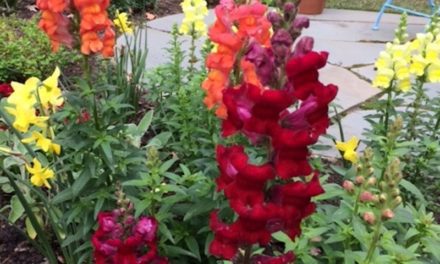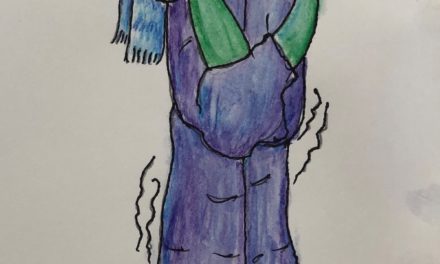 Honestly, I thought I would be whining about all the rain we have been having this month; it has made it difficult to get out and dig. The soft soil has made it easy to pull weeds but it has been too muddy to even do that. Then I looked out the window and saw how unbelievably beautiful the marsh is right now.
Honestly, I thought I would be whining about all the rain we have been having this month; it has made it difficult to get out and dig. The soft soil has made it easy to pull weeds but it has been too muddy to even do that. Then I looked out the window and saw how unbelievably beautiful the marsh is right now.
I I don’t believe I have ever seen it looking so lush and in every possible shade of green. It even seems a bit taller this year and sways still more gracefully in the breeze. This is not your typical South Carolina summer. There was a time when you could guess the month by the maturity of local foliage and the tan, desiccated leaves of late summer were a dead giveaway it was August. Not this year.
Have you noticed strange fungus and even stranger looking mushrooms growing in your flowerbeds? That too is related to the excessive rainfall. Heat and moisture encourage the growth of fungi. As bad as these organisms look and smell they are actually breaking down the mulch products and turning them into valuable compost. I dig the ones that smell nasty and dispose of them in the trash. Others, not so odoriferous, get left to do their job and enrich the soil.
At the moment I am looking out the window at a very wilted hibiscus. Seems like an oxymoron but just like not enough, too much water can lead to wilted leaves. This usually happens on container plants like my hibiscus or those in the ground with large leaves like hydrangeas, but all plants can be affected. Plants need oxygen in the soil to take up water and super saturated soil is devoid of any air. Watering a wilted plant, even one where the soil surface looks dry, can do more harm than good. A good way to check soil moisture in a container is with a freshly sharpened pencil. Look at the color of the wood on the sharpened end and stick it several inches into the soil and then look again at the end to check the color. It will be a darker color and may even feel damp if there is adequate moisture in the soil. Better to check and be sure than to drown your plants.
I learned an interesting thing about milkweed recently. We all know that the ideal larval host and nectar plants for Monarch butterflies are the native milkweeds. There are a dozen or more natives, but the one we see most in our area is the Asclepias tuberosa. This is a low growing deciduous plant with orange flowers. However, it seems the butterflies in our area prefer the more commonly found tropical milkweed the Asclepias curassavica, a non-native with red and yellow or all gold flowers. It is believed that although this plant does not meet the ideal nutritional needs, it does provide for some, which is better than none, for something so small that is about to travel thousands of miles. The Monarchs that pass through South Carolina usually migrate across the Gulf to central Mexico.
Once the butterflies lay their eggs on the tropical milkweed they quickly hatch and the tiny and very hungry larvae promptly defoliate the entire plant. It is amazing that something so tiny can eat that much, but we are left with nothing but sticks with few leaves. At that point I usually cut the plant back to a few inches. Fresh new growth emerges quickly – a turn out that is not just good for a groomed look. It appears that the non native milkweed is also host to a protozoan parasite called Ophryocystis elektroscirrha or OE. The Monarchs ingest this pest when they eat the leaves and it leaves them weak, too weak to make that long trek to Mexico. The OE occurs mostly on older leaves so by continuously cutting your tropical milkweeds to the ground you will encourage the growth of clean new leaves that are far less likely to be hosting the parasites.
No garden tours to tell you about this time. August is generally too hot and dry to schedule anything like that. So, take a ride around beautiful Beaufort and enjoy the unusually lush landscape we are blessed with this year.







